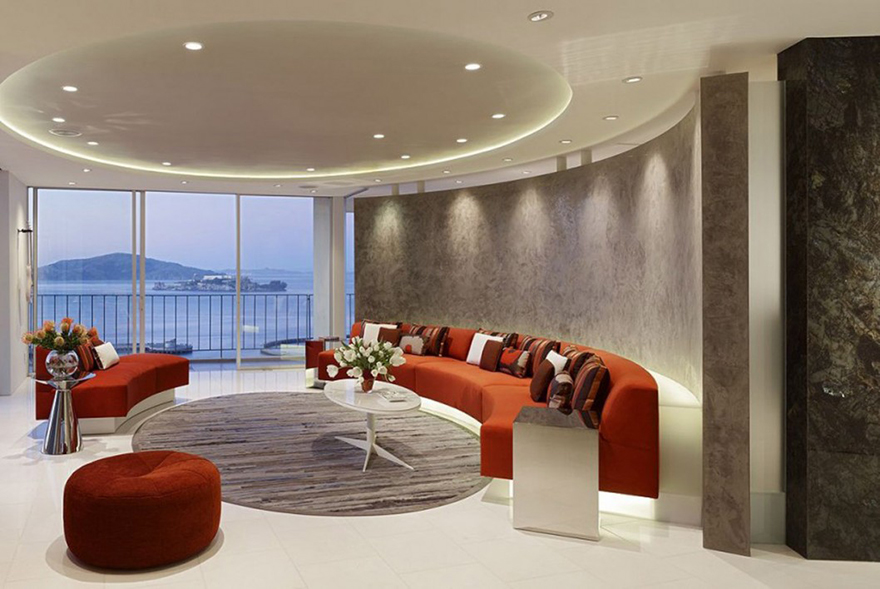
There’s a good reason we are experiencing the rise of the so-called “visual web." Our minds were destined to be attracted to visuals over text—since most of our brain real estate is devoted to sight. The visual cortex makes up one third of our brain. And the emerging trend of curved screens for smartphones and TVs feeds right into our desire for awesome images.
There are a few concave screens already on the market and some say the iPhone 6 will show up with a curved bend in the screen. It may be the case that market research found that the user feels it makes for a more immersive experience, but there are scientific studies that show we have desire for curved things.
Such reports are coming from a relatively new field in science: Neuroaesthetics. This is where neuroscience (the study of the brain) meets our appreciation for art or beauty.
A group from the University of Toronto recently studied how our brains react to rooms in a house. They had subjects look at photos of rooms while their brains were scanned in an fMRI (functional magnetic resonance imaging) machine.

And the scans revealed that the pleasure centers of their brains “lit up" when they looked at rooms that had curved features as opposed to having the more typical sharp edges. The latter type of rooms actually lit up areas of the brain normally associated with detecting threats.
The curved screens for digital hardware have been constrained by manufacturing—but no longer.
0 Comment "Our Brains are Built to Like Curved Screens"
Post a Comment